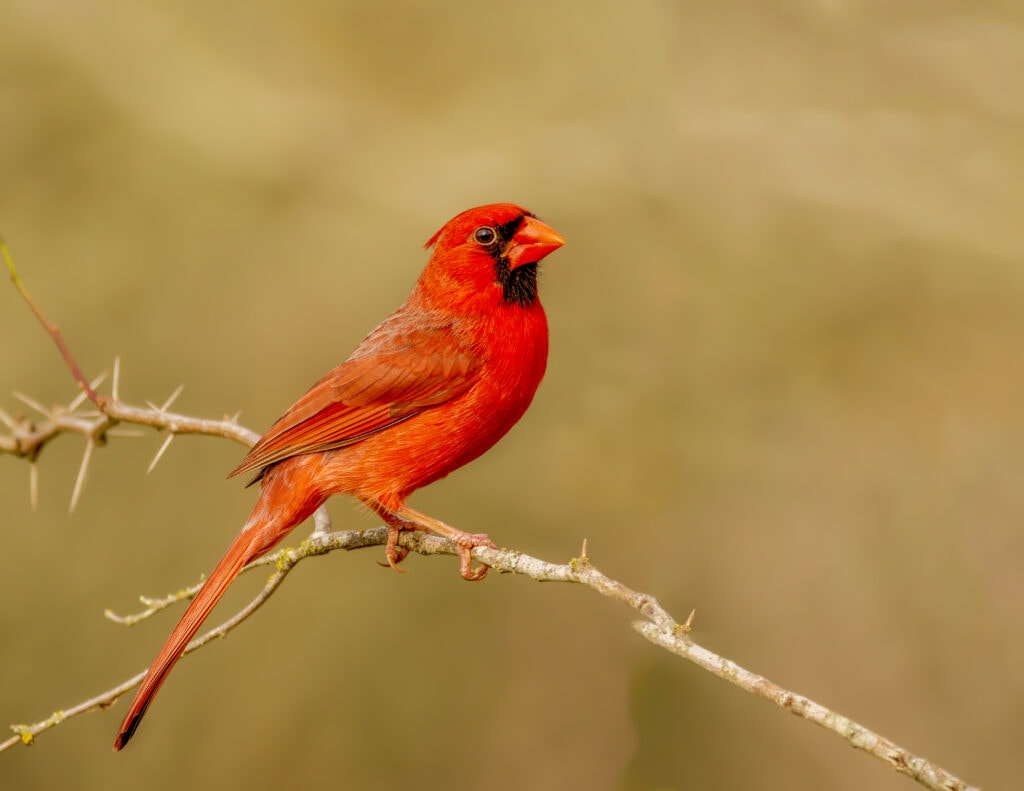If you’ve ever tried stargazing in a city, you might have an idea of how powerful light pollution is. In densely populated areas, even the brightest stars can be difficult to spot at night, but this is just the tip of the iceberg. It has been estimated that over 80% of humanity, and more than 99% of Americans live under a light pollution effect called “sky glow.” This is ambient light from manmade artificial light sources that permeates the night sky, making it unnaturally bright.
Related Article: Unusual Hybrid Hummingbird Discovered in Peru
Research suggests that artificial lights at night can wreak havoc on human systems, such as the circadian rhythm which dictates the sleep-wake cycle. But for animals, artificial light can have much more immediate and dire consequences. Some migratory birds may mistake artificially bright nights as daytime and begin mistime their migration as a result.
On a smaller, but perhaps more striking scale, fledgling Short-tailed Shearwaters are attracted to the lights of houses and streets. When they begin their migration to Alaska, many of the young birds never make it thanks to these light sources. They are often found grounded on the roads. Some are rescued, but others cannot be. This is why Phillip Island, the starting point of this migration, asks its residents to limit artificial lighting during the shearwater fledging season.
The effects of light on migratory birds are troubling, but what about the songbirds who live under “sky glow” all year long? A recent study has found an unusual and troubling change to the anatomy of certain songbirds that may be a direct result of light pollution.
In San Antonio, Texas, it was discovered that Northern Cardinals and Carolina Wrens living inside the brightly lit urban center of the city had eyes that were roughly 5% smaller than birds of the same species living on the outskirts. This change was not recorded in the migratory birds that were studied, but the cardinals and wrens are both year-round San Antonio residents who may experience significantly more light pollution exposure than their migratory counterparts.
At a glance, it may seem like a good thing that this change is not yet impacting migratory birds, however it might mean that they are less adaptable to light pollution. Because they do not spend the entire year in the brightly lit city, these migratory birds may be more likely to experience disruptions when they enter areas of light pollution.
Popular Article: Meet the Birds of Prey Keeping Gulls Under Control in Ocean City

